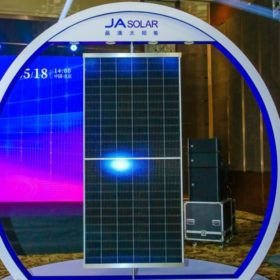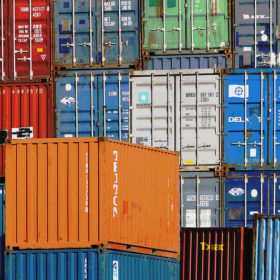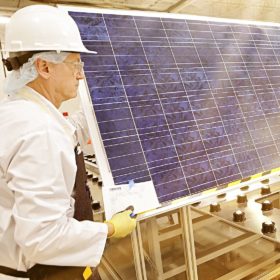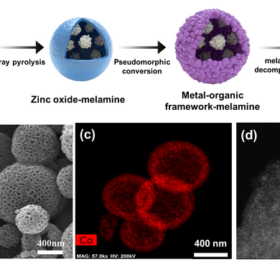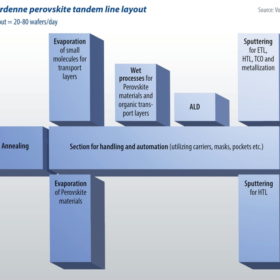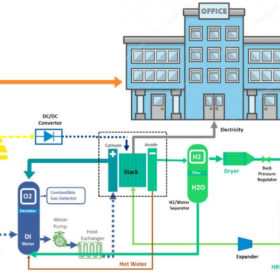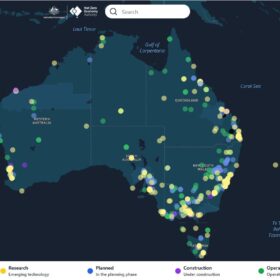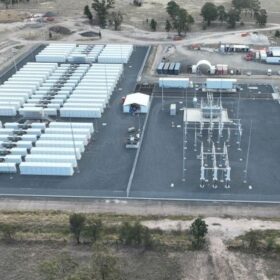JA Solar introduces n-type solar panel with 22.4% efficiency
JA Solar said the smallest solar panel in its new n-type product line has a power output of 435 W and a power conversion efficiency of 22.3%. The largest module in the series has an efficiency rating of 22.4% and 625 W of nominal power. Their temperature coefficient is -0.30% per degree Celsius.
Analyst predicts extent of rise in this year’s solar capital costs
Wood Mackenzie this week made a slew of predictions for the industry in 2022 and noted the effects the US’ recently announced anti-circumvention investigation is already having on utility scale plans.
Canadian Solar plans to ramp up production capacity
Having warned of in-house solar wafer and cell capacity as recently as the third quarter of 2021, the company has announced it will be adding even more production lines this year.
China dominates transport fuel-cell patents
The World Intellectual Property Organisation says China accounted for 69% of the patents filed for transport-related fuel-cell tech in 2020, with road transport significantly dominating applications.
Gallium doping and solar cell degradation
German scientists have conducted a series of experiments on gallium-doped silicon solar cells to understand the causes of degradation in PV cells and modules treated with gallium rather than boron. They confirmed that the performance losses are caused by a bulk defect in the material, and found that the right combination of light and temperature can “heal” earlier damage and even lead to small improvements in overall cell efficiency.
Have your say on the future of automation in solar O&M
Cost efficiency while maximizing power output is the name of the game in solar project development and asset management. And the automation of the provision of utility scale solar operations and maintenance (O&M) is fast becoming one of the most compelling opportunities. Help shape the future of automation in solar O&M by completing this first-of-its kind survey.
Hydrogen: cobalt-based single-atomic catalysts with 40% improved performance
South Korean researchers have developed an atomic cobalt-based catalyst technology that is suitable for catalyst development in a range of fields, including fuel cells, water electrolysis, solar cells, and petrochemicals. The European Commission, meanwhile, has announced plans to support green hydrogen.
Quantum well superlattices for a new world record cell efficiency of 39.5%
Scientists in the United States have fabricated a triple-junction solar cell that reached 39.5% efficiency – a world record for any type of cell under one-sun illumination. Though relying on materials and processes that are still too costly for most commercial uses, the concept could soon see actual applications in powering satellites and other space-bound technology.
Weekend read: Making tandem cells stack up
Perovskite tandem technology is shaping as the route to PV cell efficiencies well beyond 27%. But building the tandem stack in a way that can be scaled into gigawatt production is not a trivial challenge, says Sebastian Gatz, VP photovoltaics for German equipment supplier Von Ardenne.
Cost comparison between lithium batteries, fuel cells, reversible solid oxide cells as storage for off-grid rooftop PV
Scientists in the United Arab Emirates have looked at how off-grid rooftop PV could be combined with batteries, fuel cells or reversible solid oxide cells for energy storage. The modelling assumed a typical commercial building in Los Angeles.
